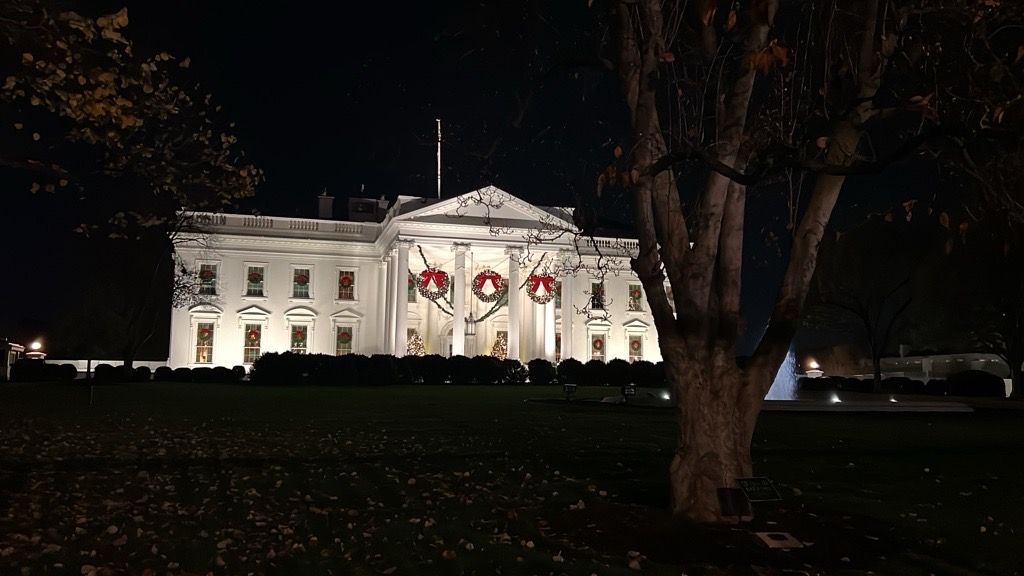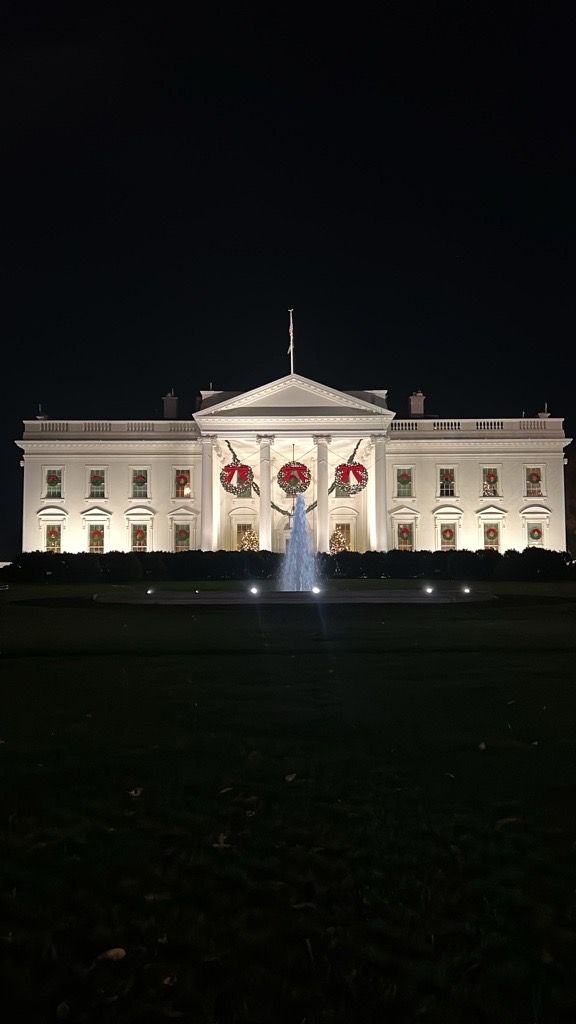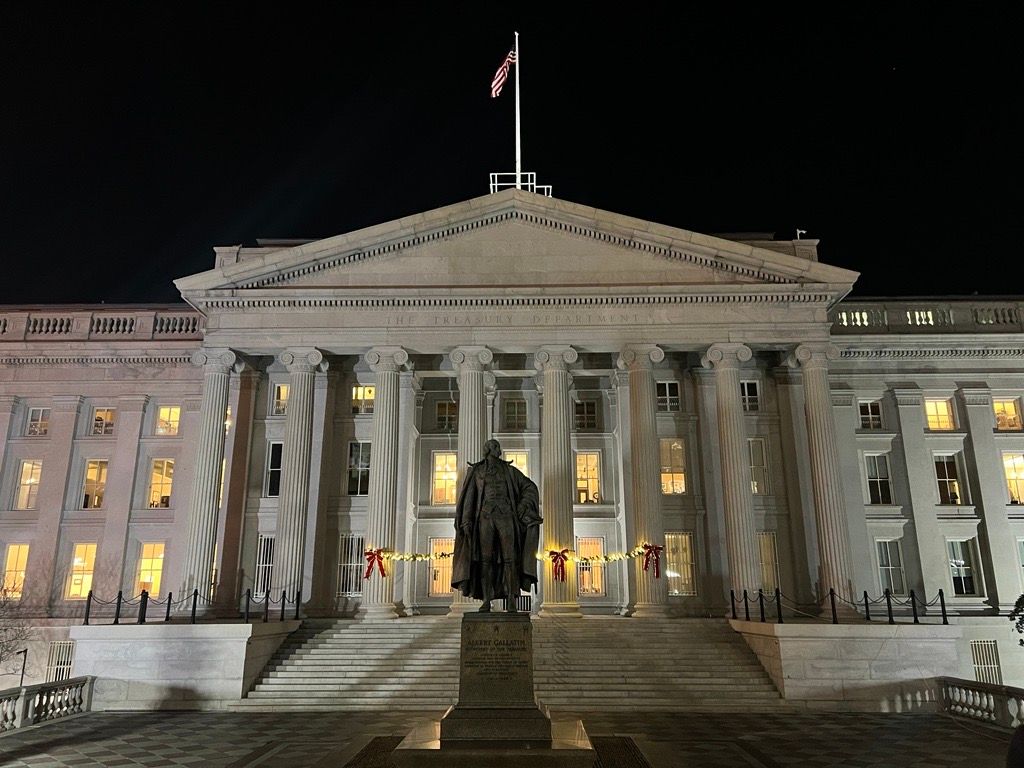Navigating Dreams: A Lawyer’s Reflection on the Legacy of Latino and Hispanic Immigration in America
As I stood before the illuminated White House on that crisp winter evening, the twinkling Christmas lights not only lit up the night but also sparked reflections on the rich tapestry of immigration history in the United States, especially the stories of Latinos and Hispanics.


My journey as a lawyer, deeply rooted in immigration law, has always been intertwined with the narratives of Hispanic immigrants who have played a crucial role in shaping the American dream. As I gazed at the festive decorations, my mind wandered to the significant milestones in Latino immigration history, like the Bracero Program of 1942, which brought hundreds of thousands of Mexican laborers to the United States to fill labor shortages during World War II. This program set a precedent for future immigration policies and highlighted the interdependence between the U.S. and its southern neighbors.
The 1960s marked another turning point with the Cuban Refugee Program, offering asylum to Cubans fleeing Fidel Castro’s regime. This not only showcased America’s stance on political refugees but also enriched the cultural fabric of cities like Miami. The Immigration and Nationality Act of 1965, which abolished national-origin quotas, further opened the doors for Hispanic immigrants, transforming the demographic makeup of the U.S.
As a lawyer, these historical contexts are vital in understanding the complexities faced by my Latino and Hispanic clients. They are not just seeking legal advice; they are looking for someone who understands their journey against the backdrop of a long history of migration, challenges, and contributions to American society.
 Reflecting on the
contributions of Latinos to the United States, I thought of Cesar Chavez
and Dolores Huerta, who championed the rights of farmworkers, a majority
of whom were Mexican immigrants. Their activism in the 1960s and 1970s,
leading to the formation of the United Farm Workers, was a testament to
the power of collective action and the pursuit of social justice.
Reflecting on the
contributions of Latinos to the United States, I thought of Cesar Chavez
and Dolores Huerta, who championed the rights of farmworkers, a majority
of whom were Mexican immigrants. Their activism in the 1960s and 1970s,
leading to the formation of the United Farm Workers, was a testament to
the power of collective action and the pursuit of social justice.
My thoughts also turned to the more recent Deferred Action for Childhood Arrivals (DACA) policy, introduced in 2012, which represented a beacon of hope for many young undocumented immigrants, predominantly Latinos, who were brought to the U.S. as children. The policy, though fraught with political contention, highlighted the ongoing struggles and aspirations of young immigrants seeking their place in American society.
Standing there, in the heart of Washington DC, I realized that my role as a lawyer was more than just navigating the legal system; it was about being a part of a larger narrative of hope, resilience, and the pursuit of a better life. My commitment to incorporating SEO-friendly keywords like ‘Latino immigration history’, ‘Hispanic contributions to America’, and ‘immigration legal services’ was not just about online visibility but about connecting these rich histories with the present-day challenges and aspirations of my clients.
As the night deepened, and the White House stood majestic and bright, I felt a renewed sense of commitment to my work. The history of Latino and Hispanic immigration was a story of struggle, resilience, and triumph—a story that I was honored to be a part of through my profession. Leaving Washington DC, I carried with me not just memories of a beautiful city but a deeper understanding and appreciation of the Latino and Hispanic journey in America.
